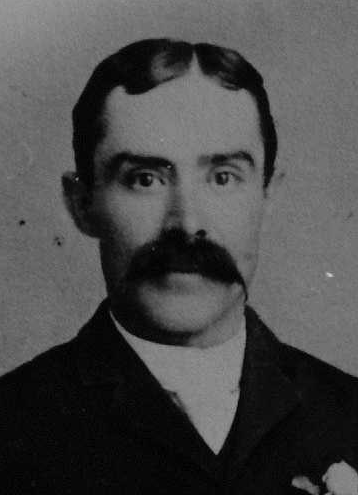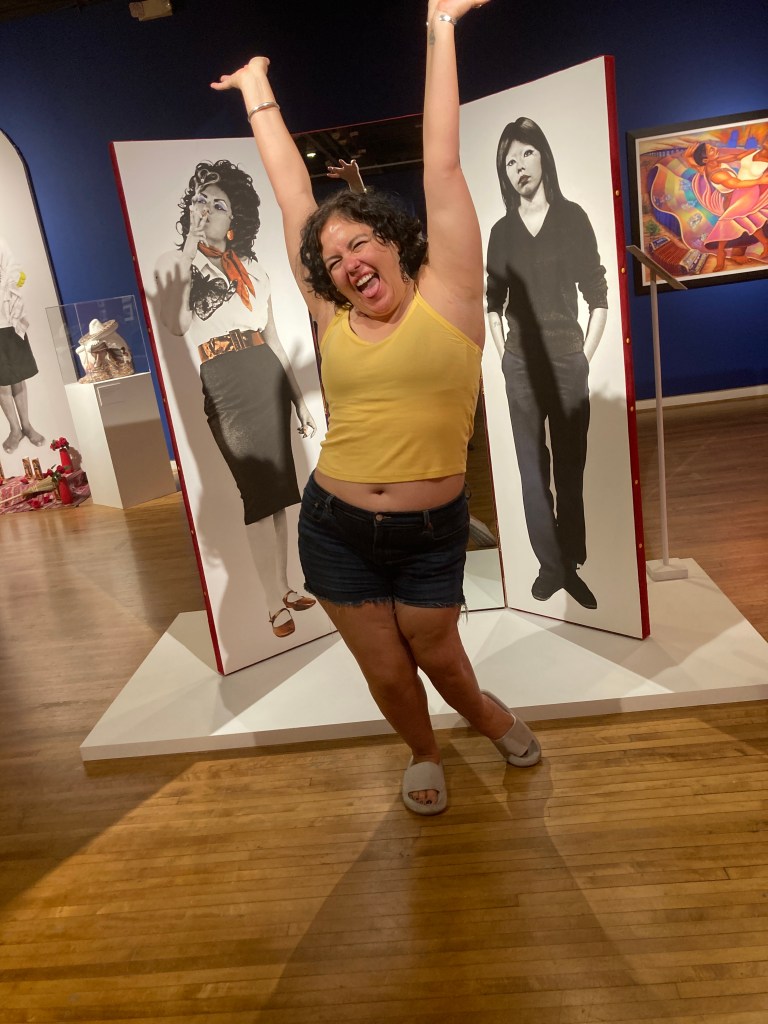
Contact: Alisha Vasquez
AlishaMaria1@gmail.com
What will you do?
Here’s a little bit about the project: I asked my friend Carlos Valenzuela (watch a video about him here), who is a muralist in Tucson, to create a mural of a photo of my grandparents strolling down Congress St. in the 1940s. He said he’d do it, but only if he could do it really big. So I wrote a grant to do a mural project where Carlos works with the community to create murals of people from different communities around Tucson as a form of “place-keeping” against the displacement of communities of color by putting the murals in those neighborhoods. Each person’s mural will tell a story. You can find the grant proposal below.
What you’d do as a youth is go to either the House of Neighborly Services in South Tucson or to Carlos’ workshop near Mission Rd. and Ajo Way, to paint and glaze over the tile murals. Below are two examples of Carlos’ work: Fred Hampton (left) and Anselmo Valencia (right).
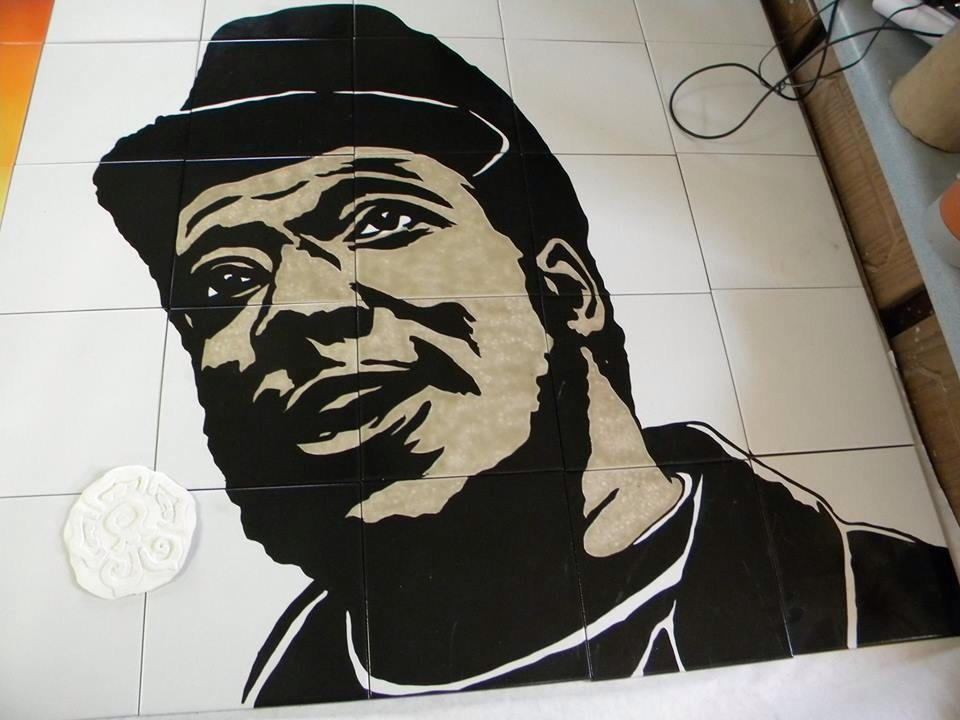
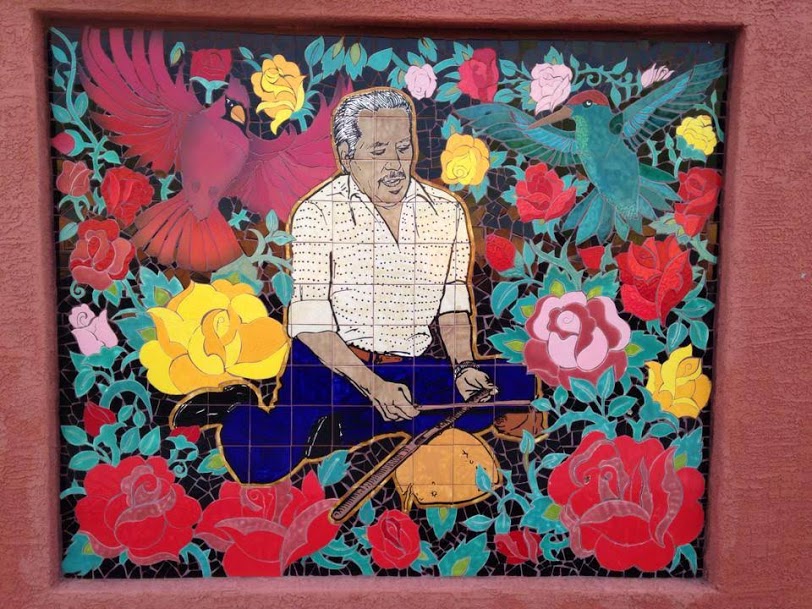
Painting/muraling days will be every other Saturday from 10am-2pm during the months of April and May. You don’t have to go every single Saturday, but we would like you to make as many as possible. We will have snacks, and pretty much just chill, learning from a master tile muralist, making art that the public will see. Once we know exactly what dates the classes will take place and all the details are clear, we will contact you via email.
What is the Project? Submitted Grant:
“Las Ventanas” brings together multiple communities who live in and occupy Tucson, AZ by using tile murals of antepasados (ancestors) who breathed in, lived in, and thrived in these lands for generations, in order to produce a more complex community appreciation for those who have and still live here. Tucson, like other mid-size cities across the country, is undergoing a gentrification boom where Black and Brown families of historic barrios are being displaced, their descendants not knowing their own histories, and an erasure of those who have been here before to create this “Old Pueblo.” This project will pay homage to the tile murals from the 1990s of predominantly Mexican American Tucsonans that adorn the Broadway Boulevard underpass, but proposes to deepen a mural’s impact to the community by including the stories of the people depicted in these pieces of public art. Fraught by gentrification and an influx of new arrivals, Downtown Tucson and its surrounding areas including the Westside, South Tucson, and other historic neighborhoods of color are experiencing a revival of the 1960s tragedy when “urban renewal,” backed by government and well-funded developers, decimated La Calle, the most densely populated community in the Southwest.
Being fifth generation Tucsonense and a former college educator specializing in Chicanx and borderlands history, I understand the interconnectedness and fissures among different communities in Tucson over time. There are multiple communities of practice that this project will work with and highlight. By collaborating with renowned Chicano artist and educator at Las Artes Youth Program in South Tucson, Carlos Valenzuela, and including moveable tile murals from photographs of his family’s long history in Tucson, these murals will serve as a reminder that there were Indigenous caretakers to this land long before Catholic missionaries built San Xavier Mission in 1693 and Spanish conquistadors built a presidio around Tucson in 1775. Additionally, a mural of Valenzuela’s ancestors, including those with Yaqui bloodlines, will sit in Barrio Hollywood, the rapidly gentrifying Mexican American and Native American neighborhood where Valenzuela’s grandfather in the 1940s built an adobe house–where his mother lives today. Voices and a tile mural from “Little Africa,” the neighborhood at the base of “A” Mountain where a thriving African American community convened, will remind newcomers and neighbors alike that the Black community in Tucson is and always will hold a strong presence. A photograph of my Mexican American grandparents as teenagers snapped by a Walgreens photographer in 1944 while they strolled down Congress Street will tell the story of love, dedication, and growing a fourth-generation Mexican American family in the Sonoran Desert. I hope to have this mural along with a mural of Valenzuela’s grandparents hang on Congress Street as a reminder to the out-of-towners, developers, politicians, and Tucsonans who were not fortunate enough to learn their history that there were people, stories, and activity Downtown long before this newest wave of urban redevelopment.
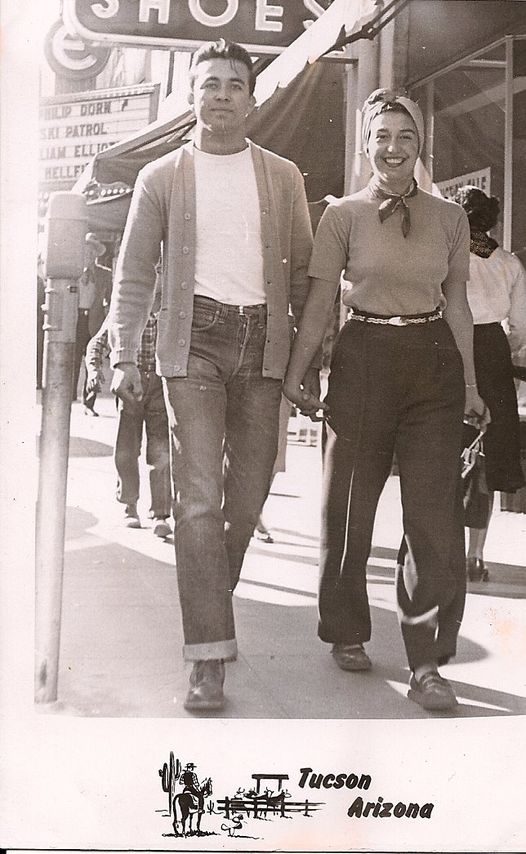

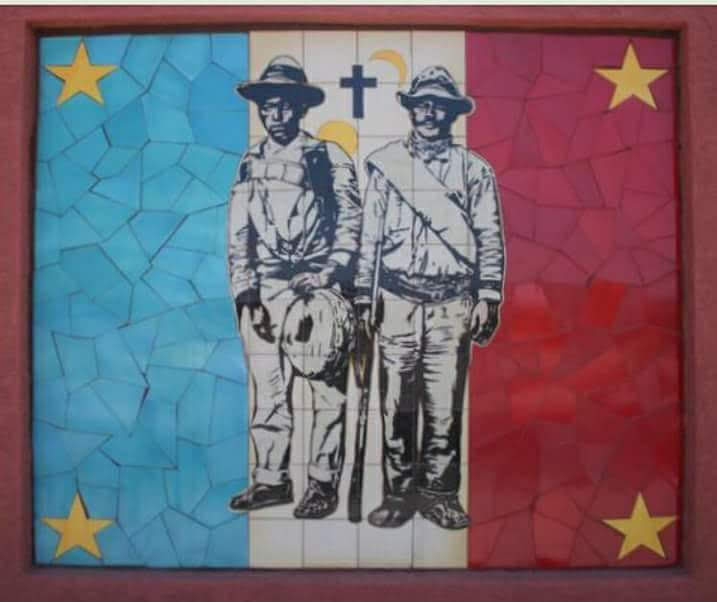
In addition to Valenzuela’s hand-painted tile murals, oral histories and the opportunity for long-time Tucson families to share their memories will serve as an archive to preserve elders’ experiences for future generations. In fact, the title of this project, “Las Ventanas” is borrowed from my grandfather’s generation; he and his siblings wrote memories about their lives growing up in Tucson spanning from the 1920s-1990s. We will work with two historical organizations, of which I am a member, to digitally archive the oral histories and memories to connect with local communities: Tucson’s Mexican American Heritage and History Museum which is housed in the Sosa-Carrillo House, the only building saved from La Calle’s destruction; and Los Descendientes del Presidio de Tucson, a nonprofit organization that preserves and promotes Tucson’s rich heritage. We will provide mural painting opportunities for local students in predominantly communities of color, including gentrifying areas. Before each painting session, an elder will be invited to share photos and stories of their realities growing up. These sessions will show students that history is not some far away, distant happening and invite young people to find pride in their backstories, whatever they may be.
“Las Ventanas” is a project of love and gratitude to my desert home. I am a disabled writer, poet, and trained historian who has taught History at San Francisco State University, Pima Community College, and Earlham College. I founded and directed the Border Culture Program between Earlham, a private liberal arts college, and Pima so that visiting liberal arts students learn alongside local community college students about border and racialized histories. I found that the most compelling way to reach local students and to get them to open-up their minds to truly see themselves as capable, intelligent, and proud learners was to make history relevant to their lives. “Las Ventanas” is a public art and public history project that hopes to engage, identify, and create dialogue to provide multiple perspectives and shared memories to foster a more educated, connected, and compassionate Tucson community amid a contested and fragile political climate.
This project enables me to use my training as an historian and broaden how to teach history in a manner that reaches those outside school walls. It will also make a statement about who gets to occupy public space as we see fewer and fewer elders and locals, especially BIPOC, in Tucson’s historic barrios. It will provide promotion and income to a Chicano artist with an Indigenous lineage in these lands whose work is seen around Tucson (and the world), albeit perhaps not as well-known as the white cis-male artists whose art adorns many places in Downtown Tucson. It will bring together intergenerational, intercultural, and mixed income students and families to provide a shared appreciation for the Old Pueblo’s past. I want to continue my 3-year sabbatical from teaching at institutions of higher education and find new methods for academic knowledge to be free and available to the public because education is more than essays and book research. I will be able to teach outside the ivory tower and develop new pedagogy based in Tucson with Tucson to bring academic knowledge and skills to those who never considered their nor their family’s stories important. The R&D grant will enable me to communally orchestrate a history project with the people and bring history alive.

One of my earliest memories is standing with my grandfather at the site where the house his dad was born in once stood. In the late 1980s, the city was leveling the neighborhood to make way for the new Ronstadt Bus Station and changing downtown “progress.” I saw the expression on his face when a jagged, broken piece of a white plate was unearthed, and I could see in his eyes memories rush through his mind. It happened again when a doll that his sister played with was excavated. “Las Ventanas” is the opportunity for long-time Tucsonans to come alive again.
